The datasheet of MCP73831 (a small LiIon charger device) recommends a transzorb on the USB power input (VDD) for input over voltage protection. See Section 6.1.1.2.
Absolute maximum ratings for VDD is listed as 7.0V plus 4kV human body ESD and 400V machine model ESD.
Most transzorb/TVS/varistor devices that allows 5.1V, can be at 7V before the shunt current reaches 1mA and will specify a clamping voltage of 15-35V for higher currents.
Looking at some hobby devices using the same chip does not help. All these Sparkfun product designers clearly ignored the datasheet recommendation.
So what transzorb device did the datasheet author have in mind?
ADDED Apr 1, 16:
As an example of how the voltage waveform may look without any transzorb device during the USB plug-in event is shown below.
This is using a 5m USB cable to a standard USB wall adapter.
